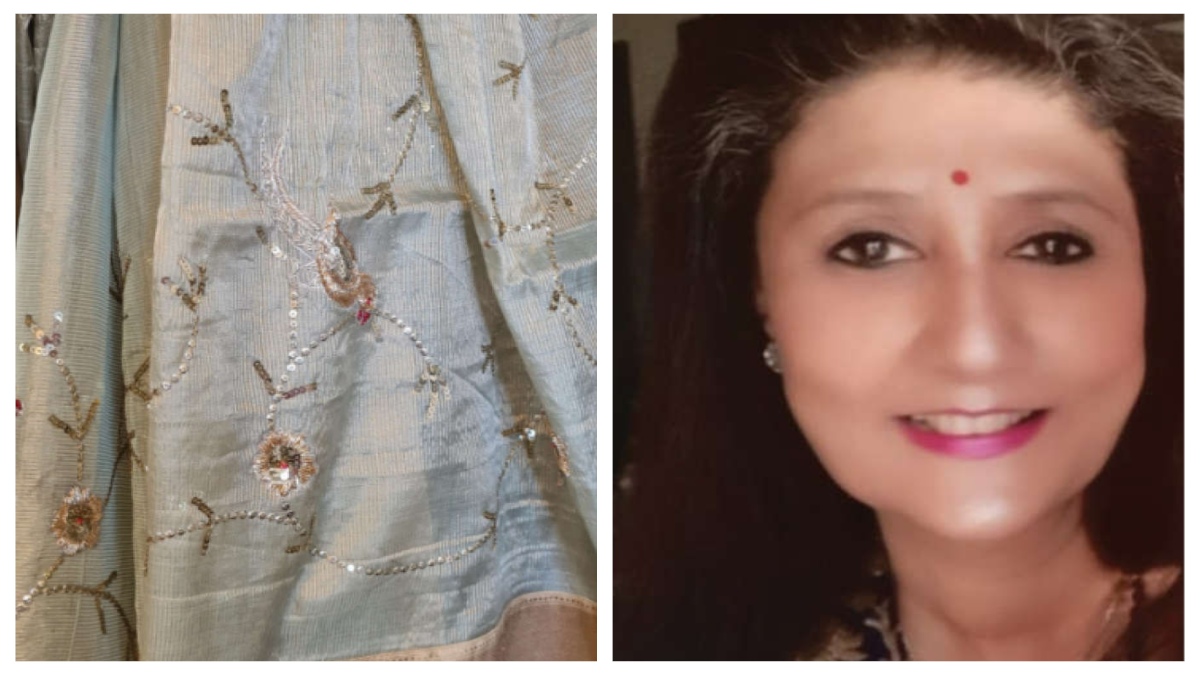Kanwarani Nitya Singh, or Bulbul as most in the royal fraternity know her as, is a much loved, exuberant textile revivalist who has made the fabric of Chanderi and its resurrection her raison d’etre. Born in the princely state of Sanand, Gujarat, a place known for its Goddess who blessed many legendary music maestros, including its ruler (her father) who was the guru of Pandit Jasraj, Bulbul grew up to the sounds of music and all things fine.



She got married to Sumer Singh from Garha in Guna, a jagirdari of the Scindia state, enjoyinga closeness to both Rajput and Maratha kingdoms. Bulbul, a true lover of classical music, while residing in her village learnt of the thriving weaves of Chanderi, also knowing first-hand of the rot that was setting in. “So many of the weavers were going off the hook to till land, work as labourers or rush off to the big towns of Bhopal and Indore,” she shares.
She decided to adopt a weaver’s school, inviting the artisans to create a full range of solid toned saris that she then got hand-painted and embellished with vintage borders. She shares, “Chanderi to the royals of our region is what chiffon is to our cousins in Rajasthan. It is the royal families that turned it into such a gossamer textile. I take the rich story a step further, adding vintage borders, embroidery and hand painting the three bastions of refinement patronised by women of noble blood.”
The weaving culture of Chanderi emerged between the 2nd and 7th centuries in the two cultural regions of the state, Malwa and Bundelkhand. The Chanderi sari tradition began in the 13th century. In the beginning, the weavers were Muslims. Around 1350, Koshti weavers from Jhansi migrated to Chanderi and settled there.
The tales of this celestial textile dates back to the times of Lord Krishna when his cousin Shishupal cited the use of Chanderi in the ancient literature. Also, one can find its mention in the old books like Maasir-i-Alamgir where Aurangzeb ordered the use of cloth embroidered with gold, silver and zari for making the khilat (a ceremonial robe or other gift given to someone by a superior). Chanderi textiles are fashioned by interlacing silk, and gold zari in the conventional cotton yarn, which results in the formation of the lavish, glistening texture.
For Bulbul, the weave is simply a canvas. “It is my playground where I create magical designs that we saw our mothers wear.”







